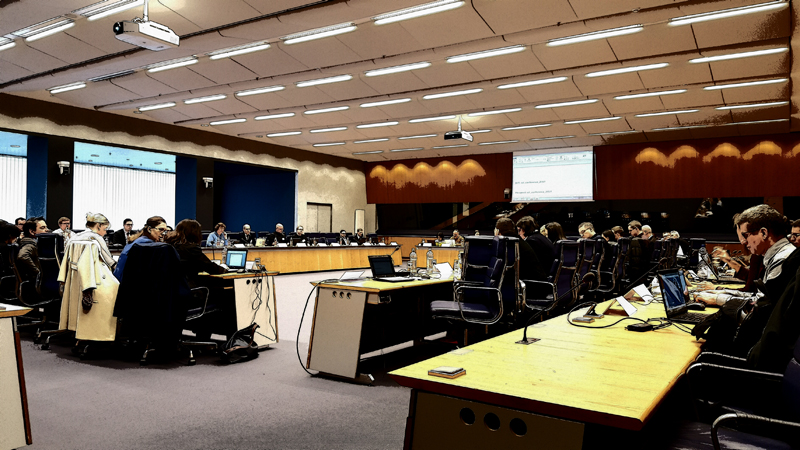25 April 2017 | Archive
 Just two years after launching its first HTML5 course on W3Cx, W3C is expanding its program offerings with an introductory level course in JavaScriptdevelopment, created in partnership with University Côte d’Azur. Additionally, W3C is launching a “Front-End Web Developer” Professional Certificate on edX.org, which consists of a suite of five W3Cx courses on the three foundational languages that power the Web: HTML5, CSS and JavaScript. All courses, designed to build or advance critical skills in Front-End Web development, are open for enrollment and will start on May 30. This second anniversary also includes the milestone of exceeding enrollment goals with nearly 400,000 students from every world country. Read more in the press release.
Just two years after launching its first HTML5 course on W3Cx, W3C is expanding its program offerings with an introductory level course in JavaScriptdevelopment, created in partnership with University Côte d’Azur. Additionally, W3C is launching a “Front-End Web Developer” Professional Certificate on edX.org, which consists of a suite of five W3Cx courses on the three foundational languages that power the Web: HTML5, CSS and JavaScript. All courses, designed to build or advance critical skills in Front-End Web development, are open for enrollment and will start on May 30. This second anniversary also includes the milestone of exceeding enrollment goals with nearly 400,000 students from every world country. Read more in the press release.
